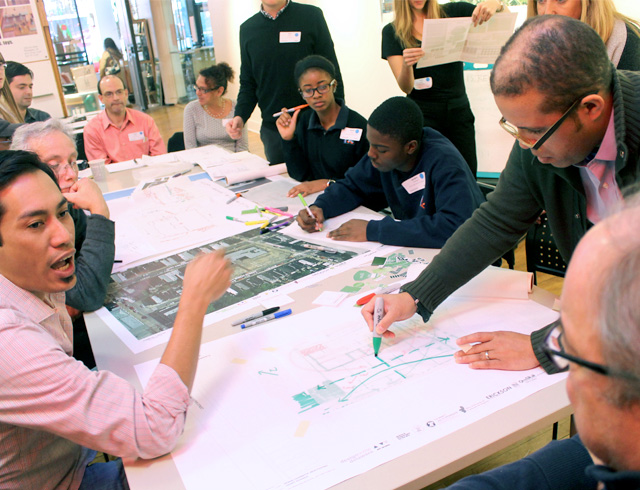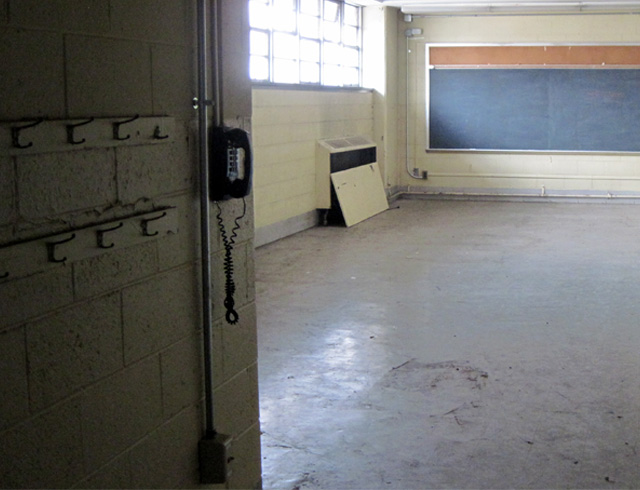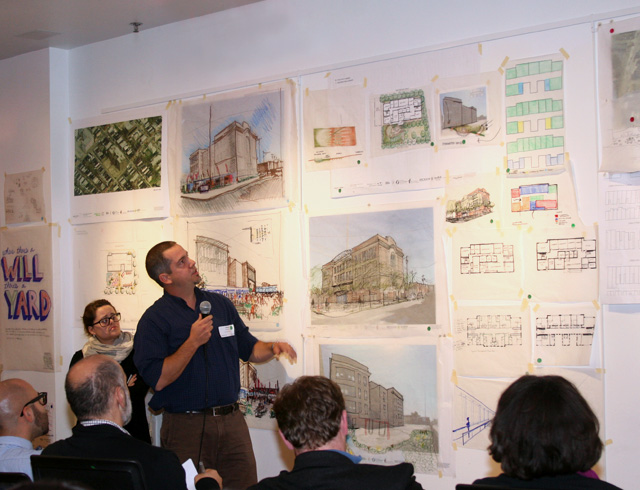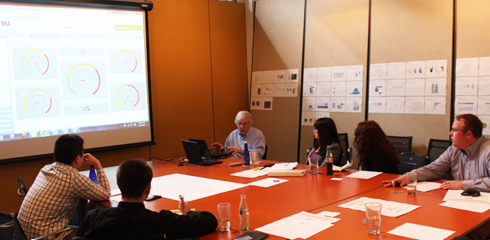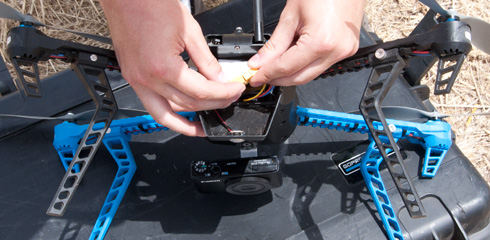Reactivating Vacant Schools
Designers and community members collaborate on adaptive reuse proposals for shuttered schools in Philadelphia.
© Community Design Collaborative
By Lea Oxenhandler
In 2013, Philadelphia's School Reform Commission announced the closure of 23 public schools. As part of an initiative to offer community-focused pro bono architectural services, KieranTimberlake worked with the Community Design Collaborative, a local nonprofit, to address the pressing issue of these newly vacant school buildings in the City of Philadelphia. In an intensive full-day design charrette during the November Design on the Delaware conference, the KieranTimberlake team worked with community members, private and nonprofit developers, city agencies, and local designers to propose both short- and long-term solutions for two of Philadelphia's closed schools.
The overarching purpose of the charrette was to answer the question: How can we create feasible, community-oriented reuse proposals to encourage the redevelopment of buildings that currently have no interested buyers?
School closures are deeply personal to communities. Because these buildings have served as anchors of community, their absence is felt throughout neighborhoods where they once offered the sole local assembly and recreational space in the area, leaving a major gap in resources to serve local youth. An empty classroom at M. Hall Stanton School is shown here.
The two schools in question—the M. Hall Stanton School in Lower North Philadelphia and the Old Frances Willard School in Kensington—would be used as models for the redevelopment of other former school buildings. They typify the challenges faced by the majority of closed schools: grand historic buildings that do not meet the modern building code; massive properties that span a full city block; locations in neighborhoods with already high vacancy and crime rates; and proportionally low property values. Left to languish on the open real estate market, these buildings quickly begin to deteriorate and become magnets for illicit activity and blight.
In preparation for the charrette, the KieranTimberlake team surveyed the school buildings and met local community members to establish a set of concrete needs for each neighborhood and present ideas for the adaptive reuse. The team then developed comprehensive program blocks, drawings, and a full Revit model of each building for use during the charrette.
© Office of Housing and Community Development
The largest program component identified by both communities was “grandfamily” housing, apartments for seniors who act as sole caregivers for their grandchildren. New York and other cities offer successful models that provide not only apartments but also crucial support spaces throughout the building, including daycare centers, community rooms, respite rooms, counseling suites, and common spaces.
At the end of the full-day charrette, participating teams presented their adaptive reuse proposals for the two schools to a panel of experts, including representatives from the Philadelphia School District and various city agencies.
© Office of Housing and Community Development
The proposal for a redeveloped M. Hall Stanton School, created with neighborhood partner Community Ventures, included a safe and inviting public space on the expansive site and selective demolition to reduce the size of the 80,000 square-foot building. Programmed spaces included the reuse of the existing auditorium and gymnasium for community use, a segment of the site to be used for raised-bed urban farming, as well as a produce market and possible daycare center. Additionally, 25-30 units of grandfamily housing occupied the upper floors of the building, with a large shared roof deck. The entrance to the building was reconfigured to include another large, porch-like deck to keep the ground floor active and ensure eyes on the street.
The Old Frances Willard teams, working with neighborhood partner New Kensington Community Development Corporation, collaborated to create a sustainable site plan that included a rain garden, children's play space, flexible programmed community space, and a new building entrance with an accessible ramp to a new lobby. The building itself included approximately 27 units of grandfamily housing, with public program elements at the ground level to support the building's needs. These programs included a daycare center, seminar rooms, fitness classrooms, and a larger room to host community meetings.
The ultimate goal is for the proposals developed during the charrette to encourage investment into these communities, reactivating spaces and revitalizing neighborhoods. The KieranTimberlake team will refine the designs from the charrette, which will then be compiled into a report by the Community Design Collaborative and distributed to charrette participants in the spring of 2015.
The Community Design Collaborative hosted the design charrette with support from National Endowment for the Arts, the Mayor's Fund for Philadelphia, the Office of the Deputy Mayor for Economic Development, and the Office of Housing and Community Development.



